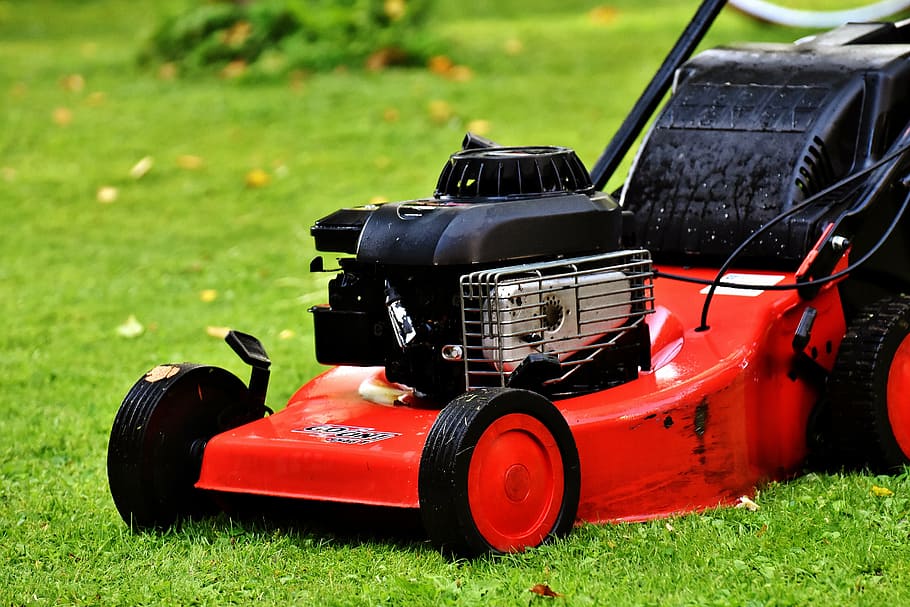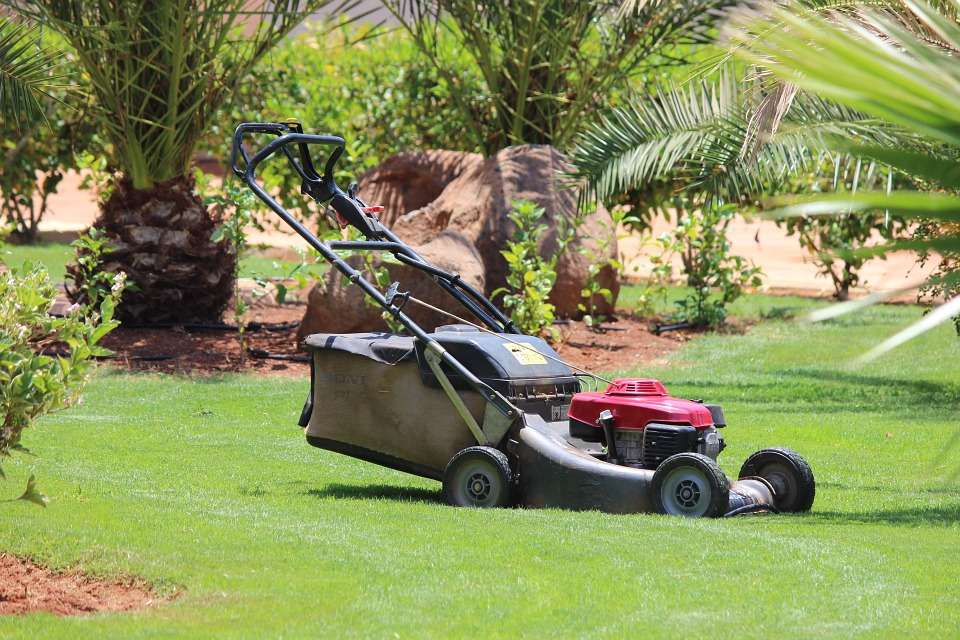Yes, maintaining a healthy lawn is demanding. While it will make a difference in the appearance of your property, turf isn’t the easiest plant to grow in your garden.
It requires constant attention, regular watering, and frequent mowing. However, working too hard on your lawn might cause issues. But what can you do to recover a new turf that you cut too short?
Keep reading this essential guide if you want to learn everything you must know about it!
Why Is Cutting New Lawn Too Short A Bad Idea?

Cutting your lawn short might sound like an excellent idea to decrease the mowing frequency. However, it is rarely a bad idea! In the long run, doing so will disrupt the aesthetics of your lawn, but it might also make it more susceptible to diseases and infections.
Indeed, cutting your grass short puts it under a lot of stress and can negatively impact photosynthesis. So, mowing your lawn too short might cause it not to grow.
Additionally, it might limit the amount of sunlight, water, and air your turf gets (as you are reducing the surface area of its blades when you cut it), which will result in weaker roots. In turn, your lawn won’t be able to protect itself from invading weeds, pests, and diseases.
Such conditions might cause you to apply herbicides and pesticides that might pose even more threat to your lawn, causing long-term damage to your turf.
What Can You Do To Prevent Damaging Your Lawn Due to Inadequate Mowing
The easiest solution to prevent harming your lawn is to mow it as high as possible. Usually, three inches is the ideal height. However, it might look shaggy at first.
For this reason, you can keep it at around 2 inches high. You might have to move your grass once per week (or even less if you are in a drought period) to minimize stress on your plants.
Consider using the cuttings as mulch to provide organic nutrition to your lawn and improve water retention. Mulching will also contribute to keeping weeds at bay, which always comes in handy.
Don’t forget that keeping your lawn longer will increase its ability to do photosynthesis, which results in better grassroots. After all, encouraging roots to learn to get their nutrients without your help is never a bad idea! And leaving your grass long seems to help with that. So, if your lawn has to live during a drought, it will have fewer problems.
Of course, that doesn’t mean you should let it grow too much. Instead, you should mow your grass no more than one-third of the blades’ total length and trim them frequently.
How to Encourage Grass Recovery
If you cut your lawn too short, don’t worry! Not everything is lost. Indeed, you can still take some measures to encourage its recovery. To begin with, you must water your lawn deeply.
Most of the time, rainfall won’t be enough, so consider adding extra moisture with a hose. Of course, that doesn’t mean you should overwater your lawn, as that will bring additional problems you’ll want to avoid.
Also, let your grass grow back gradually and avoid removing more than one-third of its length at a time. If your lawn looks yellowish, consider applying chelated iron supplements.
Don’t forget to follow the instructions you find on the product’s label to prevent damage to your grass. Additionally, you should over-seed the areas where the grass fails to grow back. Doing so will ensure even growth without compromising the aesthetics of your lawn.
Avoid applying fertilizers to your grass if you need to help it recover from a harsh cut. Chemical products might make your lawn susceptible to diseases and encourage unhealthy grass development. Wait to apply any treatment until the turf recovers fully.
The same applies to watering: too much moisture can make your grass vulnerable to diseases, pests, and fungal infections. You will have to be patient during the recovery process: it might take time. However, you’ll get a healthy lawn at the end of the process.
Cut new lawn too short: Conclusion
Finally, if you notice your lawn starts growing, do not bring it to the recommended height (two to three inches long). Instead, consider waiting for it to recover and raise the mowing height gradually. Doing so will encourage healthy development and prevent scalping.
Related Article: How to Make Bermuda Grass Thicker
